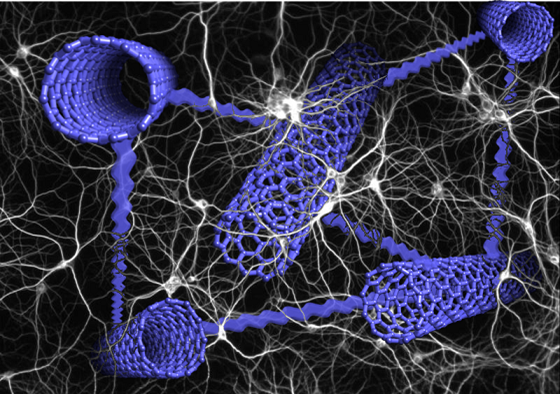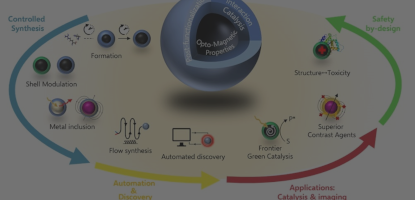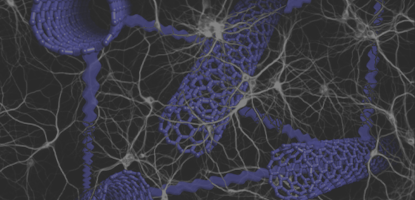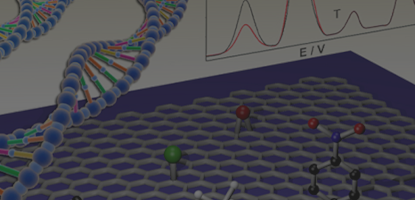Evaluation of nanomaterials based on carbon nanotubes and graphene for interaction with nerve cells and spinal cord tissue. This approach shows a high potential for addressing incurable cases of spinal cord lesions.

Carbon nanotubes (CNTs) are one of the more promising materials to interface with electrically active tissues, such as neuronal and cardiac tissues. Their inherent electrical properties and their cylindrical shape are the key features to improve and boost neuronal growth and functionality, such as axon excitability and the frequency of synaptic currents. Porous 3D structures based on CNTs were demonstrated to be able to induce neuronal network outputs and maintain the exceptionally unique capabilities of CNT to tune the genuine neuronal biological processes. On the other side, the design of electrodes based on conductive materials, such as conductive polymers (CPs), in brain-machine interface technology, offers the opportunity to reduce gliosis, improve adaptability and increase charge-transfer efficiency. We are developing innovative methodologies to construct 3D porous and conductive composites based on CPs (polypyrrole and PEDOT) and CNTs. The 3D constructions are synthesized via vapor phase polymerization (VPP) and electrochemical approaches. The resulting self-standing membranes are very promising scaffolds that act as the electrode itself, with very low density and excellent porosity to allow cell growth. We incubate the constructs with neuronal and glial cells, thus demonstrating high biocompatibility. Our final goal is to implant the 3D conductive scaffolds in vivo and demonstrate their ability as growth supports for electroactive tissue engineering.




